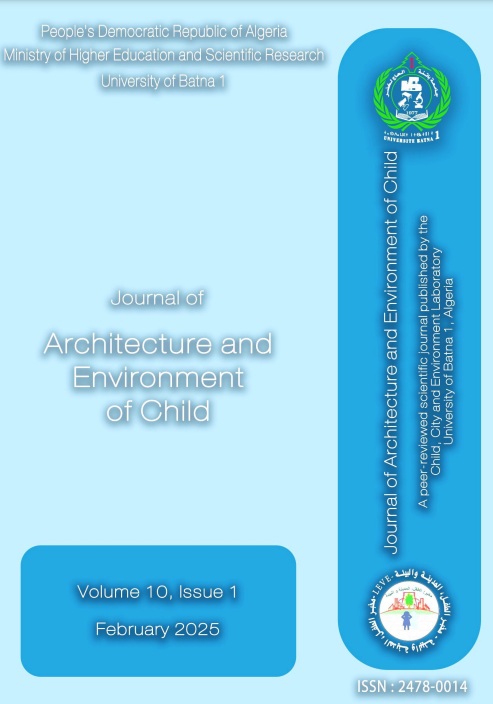Concept Of Non-institutional Housing
Mots-clés :
concept, non-institutional housing, formal, slum, informalRésumé
Téléchargements
Publiée
2025-02-28
Comment citer
Saidi, T. (2025). Concept Of Non-institutional Housing. Revue Architecture Et Environnement De l’Enfant, 10(1), 27–34. Consulté à l’adresse https://journals.univ-batna.dz/index.php/leve/article/view/4820
Numéro
Rubrique
المقالات

